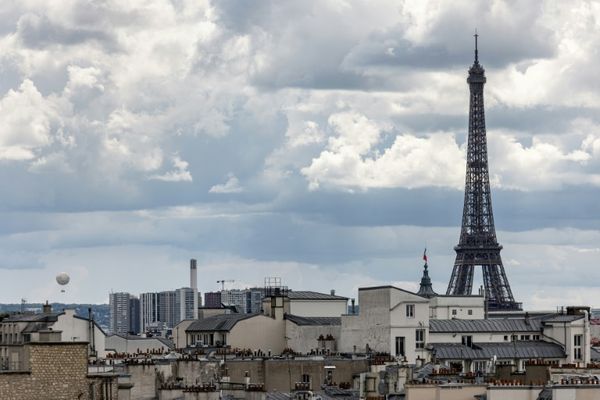
The Reserve Bank of Australia is “closer” to pausing its record series of interest rate rises, its governor, Philip Lowe, has told a conference in Sydney.
In his first public comments since Tuesday’s decision by the RBA board to lift its cash rate for a 10th straight meeting by another 25 basis points to 3.6%, Lowe said inflation was “still too high”, but Australia’s modest increases in wages so far have left the nation “in a better position than some other countries”.
While inflation “looks to be on a declining path, it is likely to remain higher than target for a few years”, Lowe told an AFR summit. “If we don’t get inflation down fairly soon, the end result will be even higher interest rates and more unemployment.”
Even so, the “large cumulative increase in interest rates” totalling 3.5 percentage points since last May would have lagging effects, with the increase in borrowing costs already causing “difficulties … for many households,” he said, according to an advance copy of the speech.
“[W]ith monetary policy now in restrictive territory, we are closer to the point where it will be appropriate to pause interest rate increases to allow more time to assess the state of the economy,” Lowe said.
Pundits will probably jump on the word “pause” which did not appear in Tuesday’s communique accompanying the RBA rates verdict. They were already figuring some pause, or even a peak rate, might be in the offing after Lowe said in that statement “the Board expects that further tightening of monetary policy will be needed”, replacing the previous month’s comments that the bank board expected multiple increases “in coming months”.
Lowe said on Wednesday the bank had to weigh up the risk of tightening monetary policy too far causing the economy to stall, against the prospect of not cutting demand enough so that inflation didn’t fall, requiring rates to stay higher for longer.
Lowe noted that the rate rises that have already occurred, including yesterday’s, would lift mortgage payments to a record 9.5% share of household disposable income later this year. Housing values were also declining but it was “difficult to determine the effect of this on spending as there had earlier been a large run up in prices”, he said.
So far wages growth, while stronger than a few years ago, remained consistent with the inflation target of 2% to 3% over time even with the jobless rate remaining near five-decade lows.
“Together, these data suggest that the risk of a prices-wages spiral remains low,” Lowe said. “This is helpful as we navigate that narrow path and it means that Australia is in a better position than some other countries.”
Asked whether more hawkish comments overnight from the US federal reserve board chair, Jerome Powell, had implications for inflation, Lowe said financial markets had priced in “quite different profiles for our interest rates” for some months.
Wage outcomes were quite different between the two nations, with a higher participation rate in Australia, more people joining the labour force and immigration starting again, Lowe said.
Lowe said Australia might be able to keep its unemployment rate below the 5% pre-Covid level.
“I certainly hope so.”
Despite signs that higher rates were already having their intended effect, he said the bank remained vigilant.
“We remain alert to the risks here given the combination of a tight labour market, the high level of capacity utilisation and the run of high inflation numbers”, he said. “If this risk did materialise, the costs would be very high.”
“Given these uncertainties, the board is monitoring the data very carefully month to month,” Lowe said. “It has the flexibility to respond as needed.”
Data landing before the next RBA meeting on 4 April include February labour market numbers on 16 March and that month’s consumer price index on 29 March.
Lowe was also asked about his plans to meet the head of Suicide Prevention Australia.
“At yesterday’s board meeting I went through with the board the mail I’ve been receiving and we discussed in quite a lot of detail the difficulties that many people are facing, who borrowed in recent times and are facing big increases in mortgages,” Lowe said.
“People write to me about how it’s affecting their families and mental health.
“So we’re very alert to that. It weighs heavily on my heart – the hearts of the board members”.







